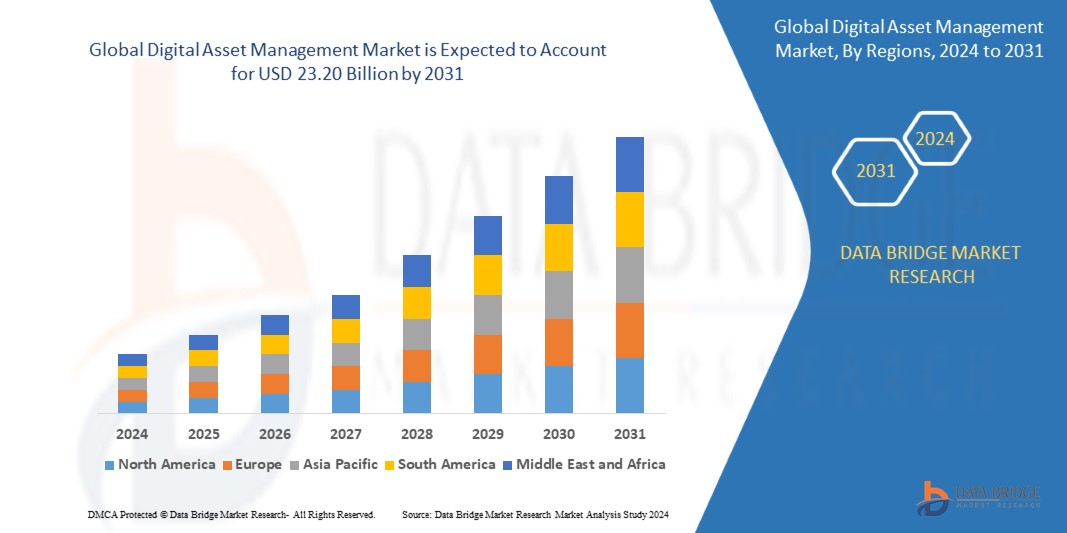
How Digital Asset Management Improves Brand Consistency
Introduction
Brand consistency is a powerful asset for any organization, serving as the foundation of brand identity and customer recognition. It ensures that no matter where or how customers interact with your brand, they receive a unified and coherent experience. However, achieving brand consistency is no small feat—particularly for organizations with numerous digital assets that need to be accessed and used by different teams. Digital Asset Management (DAM) systems play a crucial role in maintaining brand consistency by providing a centralized platform for storing, organizing, and distributing assets. Let’s dive into how DAM systems improve brand consistency, why they’re essential, and what features make them effective.
Definition
Digital asset management (DAM) is the systematic organization, storage, and retrieval of digital assets such as photographs, videos, documents, and multimedia material. It enables enterprises to efficiently manage their digital assets, ensuring simple access and cooperation across teams. DAM systems often contain metadata tagging, version control, and search tools to help users find and share materials easily. By centralizing digital content, DAM assists organizations in streamlining workflows, reducing redundancy, and improving brand consistency across multiple platforms. It is critical for firms that rely significantly on digital media to optimize their marketing and communication strategies.
Understanding Digital Asset Management (DAM)
Digital Asset Management is a system that organizes and manages an organization’s digital files, such as images, videos, documents, and design files. DAM systems allow for easy search, retrieval, and access to these assets, making it easier for teams to find and use the correct versions in various marketing channels. DAM systems are widely used by marketing, design, and content teams to streamline workflows, save time, and ensure that everyone works with on-brand content.
Why Brand Consistency Matters
Brand consistency is vital because it:
- Reinforces the brand’s identity across multiple channels.
- Builds trust and credibility with the audience by providing a reliable experience.
- Distinguishes the brand from competitors by delivering a unique and cohesive visual and messaging style.
- Increases brand recall, making it easier for customers to recognize and choose your brand.
An inconsistent brand can confuse customers and erode trust, while a consistent brand is more likely to be remembered and respected. By centralizing and standardizing assets, DAM systems become a powerful tool to enhance and maintain brand consistency.
How Digital Asset Management Improves Brand Consistency
Centralized Storage of Brand Assets:
DAM systems provide a centralized repository for all brand assets, making it easy for teams to locate the latest and approved versions of files. This feature is invaluable for organizations where multiple teams and departments need access to digital assets. By providing a “single source of truth,” DAM systems minimise the possibility of using obsolete or wrong files.
Benefits:
- Ensures all teams have access to the same files.
- Prevents duplication and mismanagement of assets.
- Reduces time spent searching for assets.
Controlled Access and Permissions:
With DAM, organizations can assign access levels based on roles and responsibilities. This ensures that only authorized individuals can upload, download, or edit specific files. By maintaining strict control over who can access what, DAM minimizes the chances of unauthorized modifications that could compromise brand consistency.
Benefits:
- Safeguards sensitive assets from unauthorized use.
- Protects brand integrity by restricting access to approved personnel.
- Streamlines workflows by assigning tasks to the right individuals.
Version Control and Approval Workflows:
Version control and approval workflows are essential features within DAM systems. They allow teams to track asset versions and ensure that only approved versions are available for use. This eliminates the risk of outdated materials entering public or internal-facing marketing efforts.
Benefits:
- Keeps track of every change made to an asset.
- Ensures that the most recent version is always available.
- Allows managers to approve assets before they are distributed, maintaining brand standards.
Easy Access to Brand Guidelines and Templates:
Many DAM systems also store brand guidelines and templates, ensuring that everyone knows how to use brand elements correctly. From colors and fonts to logo placement, having a quick reference helps teams remain consistent with the brand’s visual identity.
Benefits:
- Prevents deviations from brand style and tone.
- Provides a ready-made foundation for creating on-brand content.
- Ensures that all brand assets align with established guidelines.
Key Features to Look for in a DAM System
When choosing a DAM system, organizations should look for the following features to optimize brand consistency:
- User-friendly interface: A DAM system should be easy to navigate, allowing teams to locate and share assets effortlessly.
- Robust metadata options: Search functionality is enhanced with detailed metadata, ensuring assets are quickly accessible.
- Customizable permissions and roles: Ensures that each team has the right access levels, maintaining control over asset use.
- Scalable storage: As brands grow, so do their digital assets. A scalable DAM system ensures that the storage needs expand with the organization.
- Analytics and reporting: Provides insights into asset usage, helping optimize brand strategies.
Growth Rate of Digital Asset Management Market
The global digital asset management market was valued at USD 6.56 billion in 2023 and is expected to reach USD 23.20 billion by 2031, with a CAGR of 17.11% from 2024 to 2031.
Read More: https://www.databridgemarketresearch.com/reports/global-digital-asset-management-market
Conclusion
Brand consistency is essential in establishing and maintaining a strong brand identity. With Digital Asset Management, organizations can improve brand consistency by providing a centralized platform for accessing, managing, and distributing brand assets. From controlled access to detailed metadata and seamless collaboration, DAM systems bring numerous advantages that help organizations uphold their brand image and connect more effectively with their audience. Embracing a DAM system is a powerful step for any organization seeking to streamline workflows, boost productivity, and, most importantly, maintain a consistent, trustworthy, and memorable brand.



